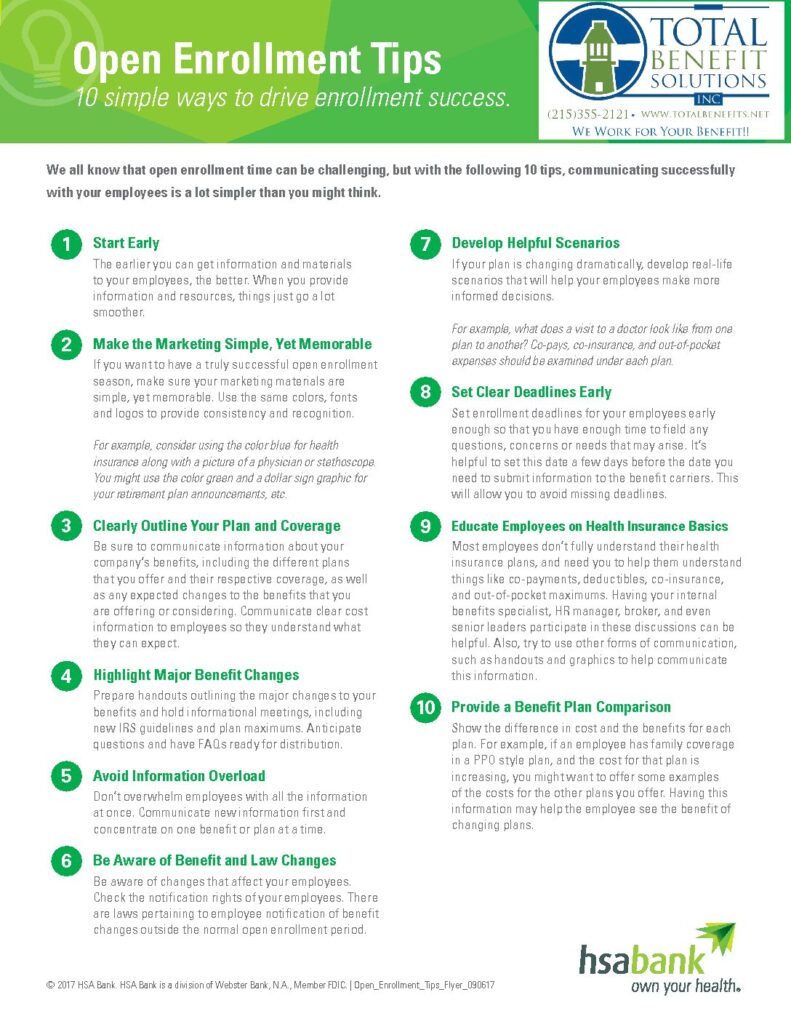Managing Health Costs in 2023 Multiple industry and benefits sources are predicting health insurance premium increases in the range of five to eight percent for 2023. An analysis by Aon is forecasting a 6.5% increase. The Society for Human Resource Management (SHRM) is expecting a bump of 5.6%, based on a prediction by Mercer. The International Foundation of Employee Benefit Plans says employers are anticipating a 7.5% increase. The country’s oldest actuarial consulting firm, Buck, has forecast an increase in the range 5.8% to 6.9%. If you have any questions or concerns about this news please contact your Total Benefit Solutions, Inc health insurance specialists at (215)-355-2121
Continue Reading












You must be logged in to post a comment.